Mistakes to Avoid When Making Kik Alicha
12 min read Learn essential tips to perfect Kik Alicha and avoid common mistakes in preparing this flavorful Ethiopian split yellow pea stew. August 07, 2025 03:05
Embarking on the Journey of Making Authentic Kik Alicha
Imagine the aroma of spiced turmeric and ginger wafting through your kitchen, beckoning you to a flavorful journey into Ethiopian cuisine. Kik Alicha, with its comforting, richly colored gravy, holds a special place in the heart of Ethiopian cooking, often served alongside injera and other traditional dishes. As you delve into making this dish, understanding the common pitfalls can transform your attempt from a mere replication into a celebration of culture and tradition. Let’s explore some critical mistakes to avoid, infused with insights from seasoned cooks and personal anecdotes.
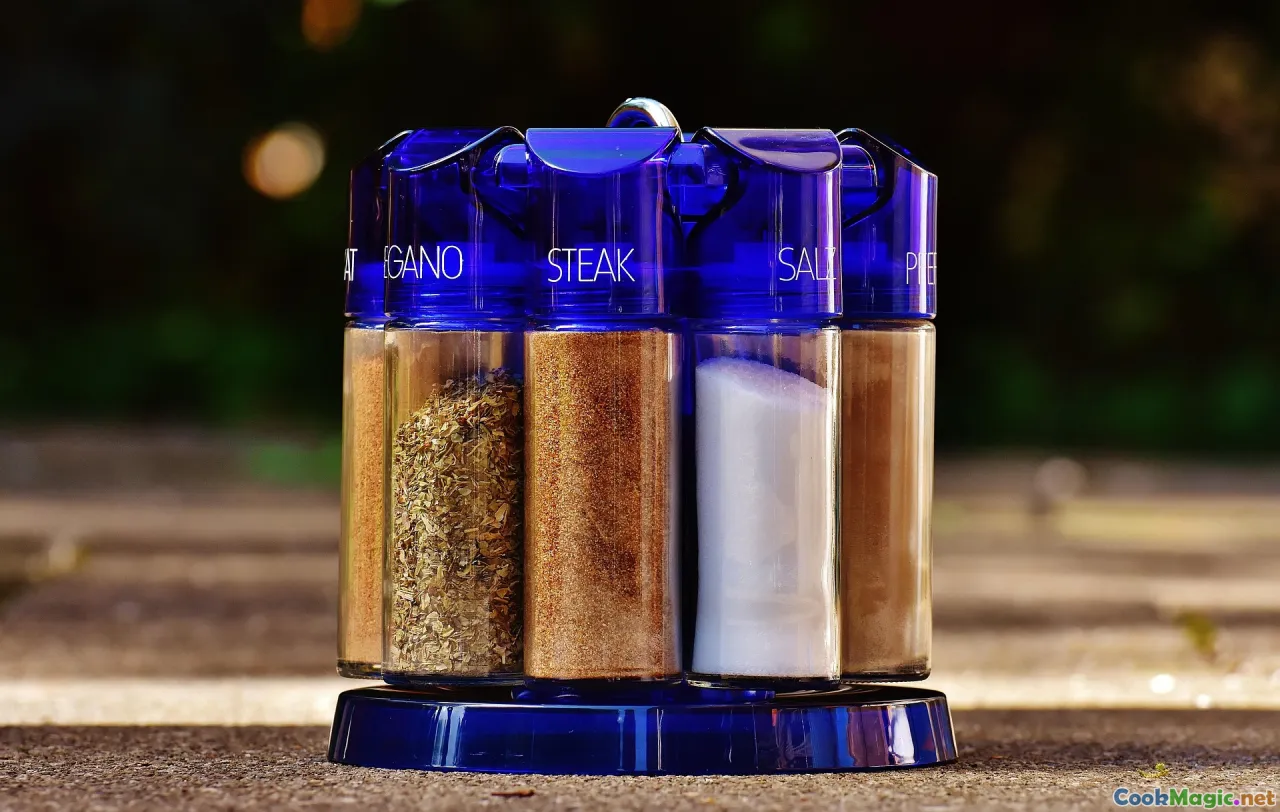
Not Using Fresh Ingredients: The Basis of Great Flavor
One of the most frequent errors beginners make is relying on quick-prep or pre-ground spices and canned ingredients. Kik Alicha’s hallmark is its vibrant, luminous color and layered depth of flavor, which are best achieved with fresh ginger, garlic, and high-quality turmeric.
In Ethiopia, families build spice blends from scratch, grinding dried turmeric into a bright, earthy powder that lends that signature golden hue. Using pre-ground turmeric often results in a dull, muted color and a less vibrant flavor profile. Fresh ginger and garlic, minced or grated just before cooking, release pungent aromas that create a warm, inviting scent that fills your kitchen.
Personal insight: I once made Kik Alicha with pre-ground turmeric from a supermarket shelf — the color was pale, and the flavor lacked its usual punch. The next attempt with fresh, local turmeric and freshly minced garlic was transformative; the dish radiated sunshine yellow and welcomed a deep, complex aroma that made everyone ask, “What magic did you add?”
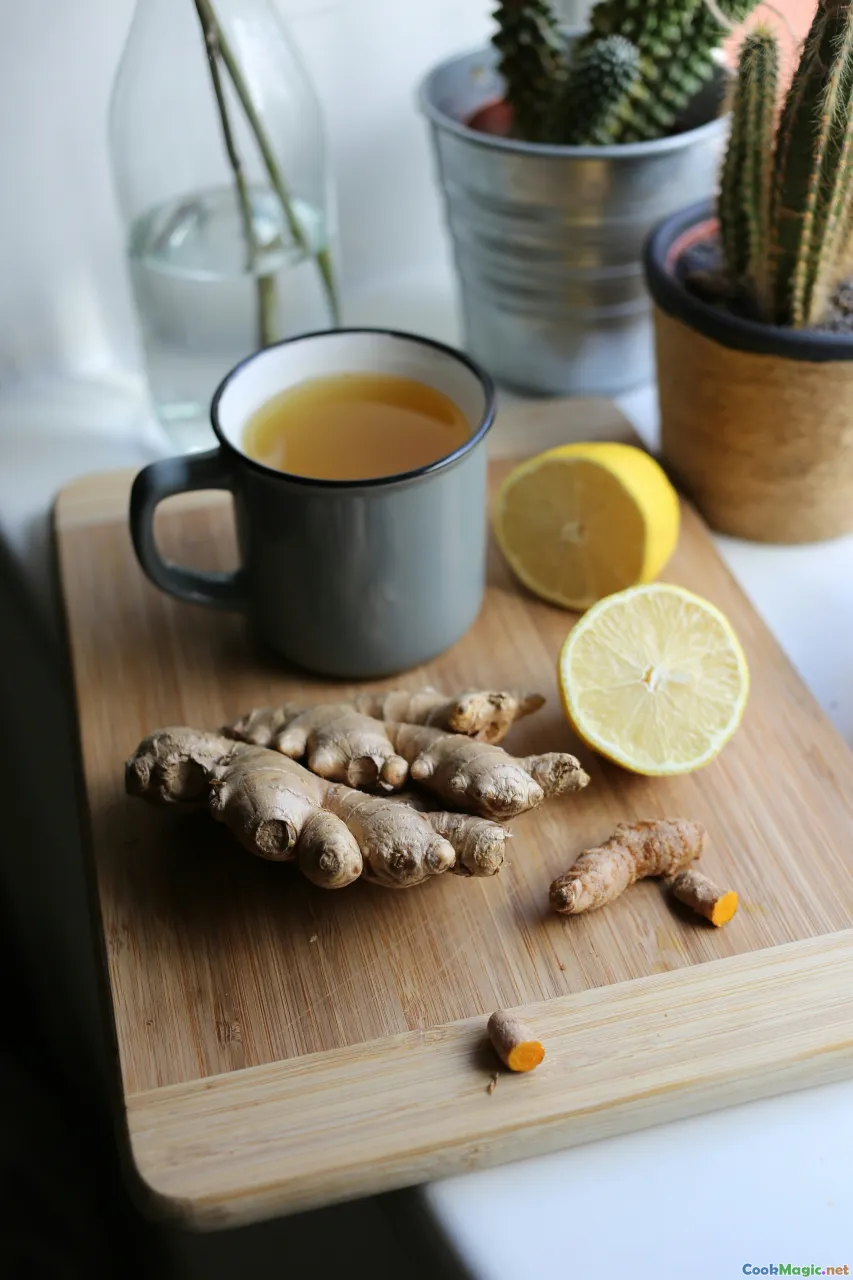
Mastering the Right Texture: Avoiding Over- or Under-Cooking
The ideal Kik Alicha features a tender, melt-in-the-mouth texture of split peas or lentils (traditionally split peas), enveloped in a thick, velvety gravy. The mistake many make is overcooking, turning the legumes to mush, or undercooking, resulting in a gritty or fibrous mouthfeel.
To prevent this, pay attention to your cooking time. Rinse the split peas thoroughly, removing any debris, and cook them until they are just tender— a bit firm but not chalky. Also, ensure your sauce simmers slowly with a gentle heat, giving the spices time to meld, without breaking down the legumes entirely.
Tip: Use a heavy-bottomed pot to maintain consistent heat, and stir gently to prevent breaking apart the peas prematurely. An authentic Kik Alicha has a thick, cohesive gravy, with legumes that are soft but still hold shape.

Spicing Too Mild or Overdoing It: Striking the Perfect Balance
Because Kik Alicha is often served as part of a broader Ethiopian platter, many shy away from bold spices, fearing overpowering the delicate flavors. However, under-seasoning can dilute the dish’s richness and leave it unremarkable.
A common mistake is under-salting or adding too little turmeric, resulting in a bland appearance and taste. Conversely, overdoing spices can mask the natural sweetness and earthiness of the legume base. The key is to develop a balanced spice profile—turmeric, a touch of cumin or coriander (optional), and a dash of berbere on the side for those wishing extra heat.
Pro tip: Toast your spices briefly in a dry pan before adding them to release essential oils, which enhances flavor and aroma. Taste as you go, adjusting salt and spices incrementally.
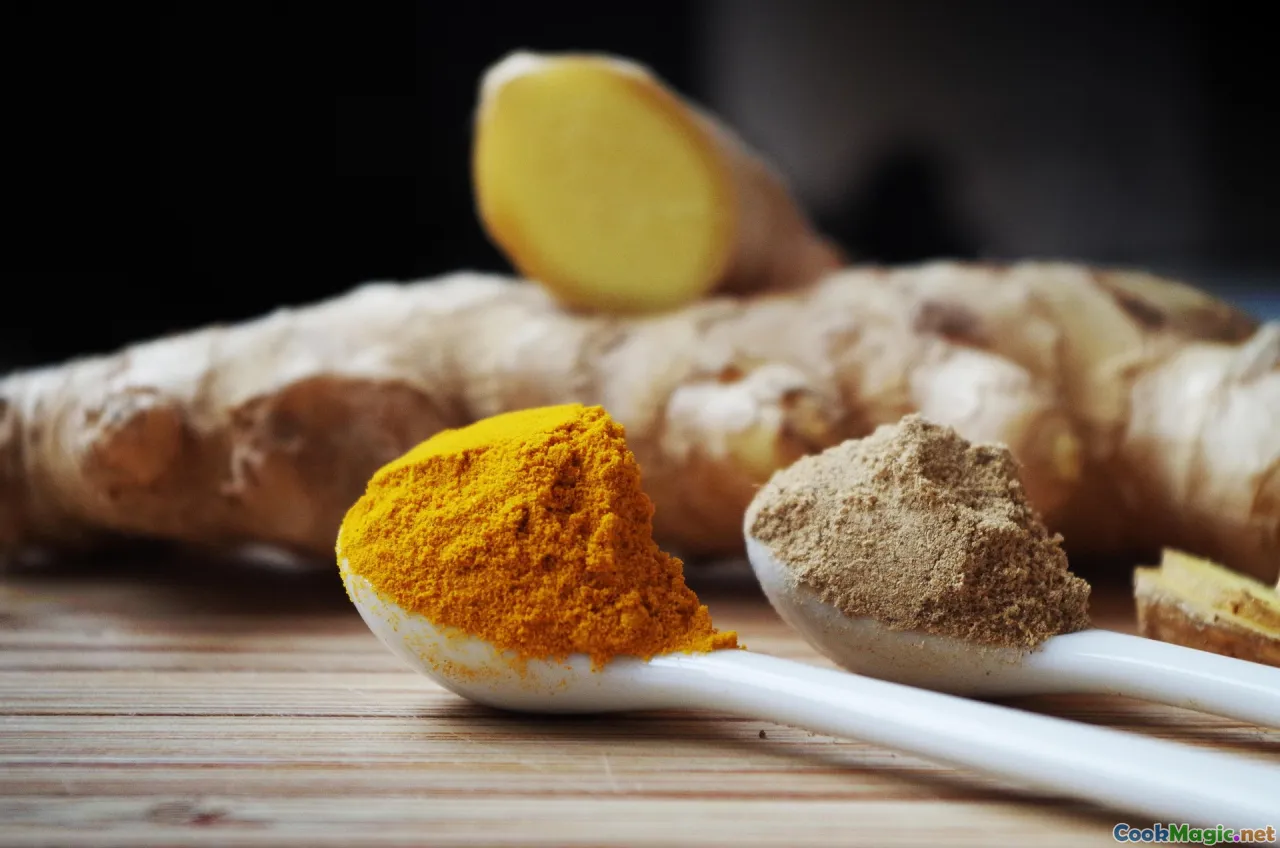
Neglecting the Cultural Significance and Traditional Methods
Making Kik Alicha isn’t just about following a recipe; it’s about respecting a centuries-old tradition. Many home cooks or restaurants may overlook subtle aspects—such as the choice of cooking vessel, the way spices are prepared, or the timing of adding ingredients.
In Ethiopian cuisine, the clay pot, or mitad, helps maintain gentle heat and even cooking, which is vital for developing nuanced flavors. Using modern or non-traditional cookware might speed up cooking, but it can compromise depth.
Moreover, traditional Kik Alicha is usually cooked slowly, sometimes for an hour or more, allowing flavors to mature in harmony. Rushing this process can lead to a pale, insipid dish.
Personal insight: In a family gathering in Addis Ababa, I observed how elders carefully combined ground spices with a pinch of berbere and slowly simmered the legume mixture over watched flames, with each step infused with prayer and respect. Embracing this patience and reverence elevates your dish beyond recipe replication.
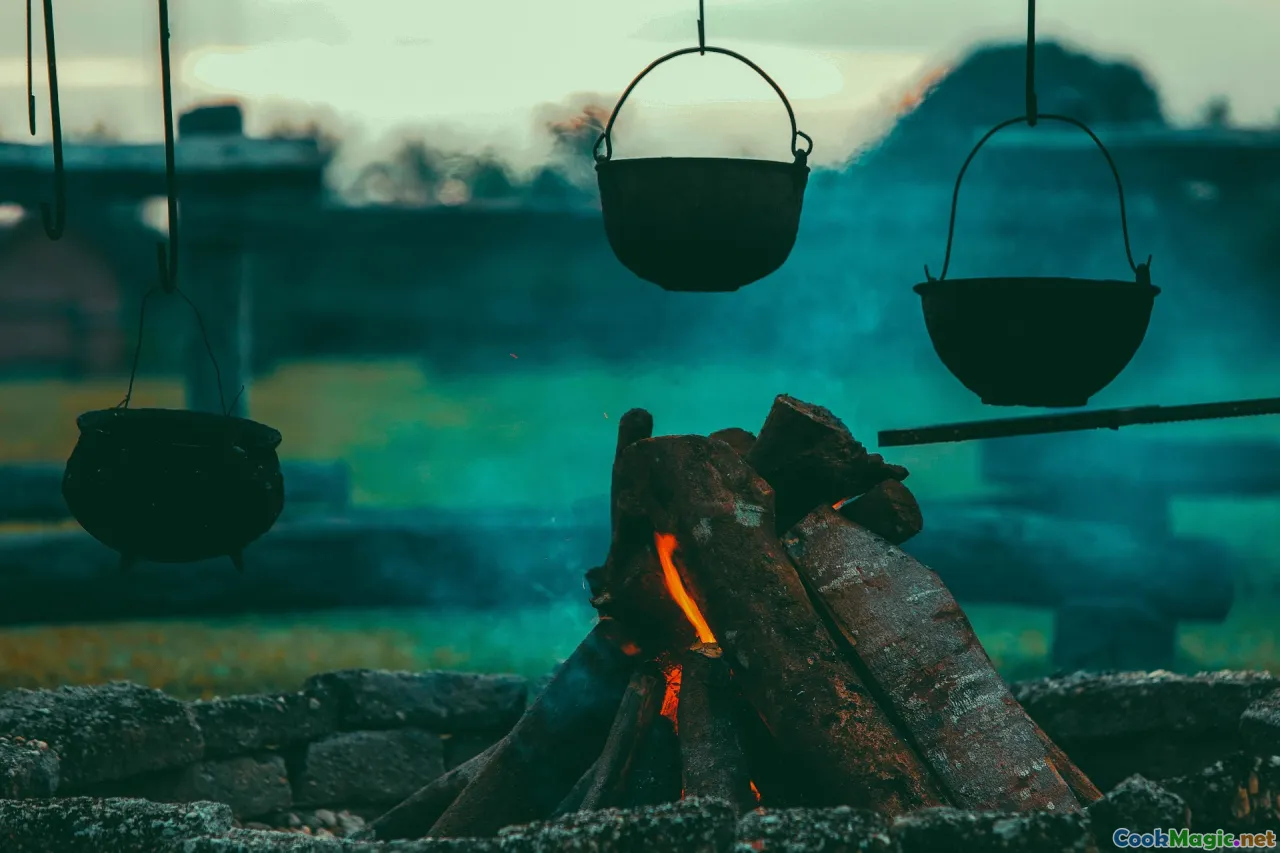
Picking the Wrong Legumes: The Right Type Matters
Traditional Kik Alicha uses split yellow peas or lentils, but not all legumes are created equal in this context. Using beans that are too big, such as whole chickpeas, or legumes that are too thick-skinned, like some varieties of kidney beans, can alter the texture and cooking time.
Opt for split peas specifically — they cook quickly and melt into a creamy consistency, absorbing flavors beautifully. If you use holistic legumes, expect a longer cooking time and a different texture, which can throw off the classic smooth, thick gravy.
Tip: Pre-soak the split peas for about 30 minutes if you prefer an even shorter cook time and to eliminate any unwanted bitterness or stiffness.
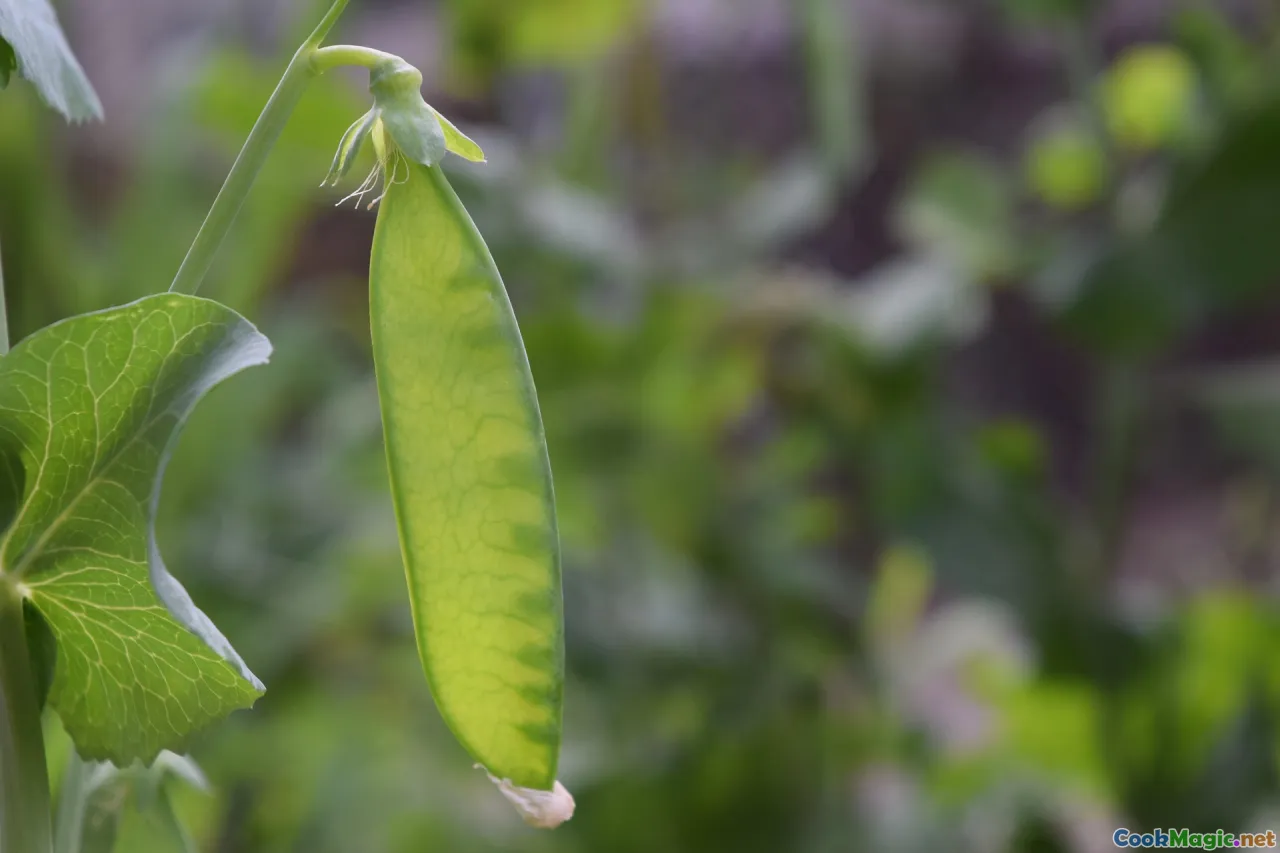
Overcomplicating the Recipe: Keep It Authentic and Simple
Sometimes, aspiring cooks try to modernize or add unnecessary ingredients that clash with the dish’s simplicity. Kik Alicha’s charm lies in its humble purity. Overloading it with herbs, dairy, or unfamiliar additives can distort its authentic flavor profile.
Stick to the essentials: garlic, ginger, turmeric, onions, and legumes. Respect the traditional process—slow simmering, gentle seasoning, and thoughtful attention— and the dish will shine.
Personal insight: I once experimented with adding coconut milk to Kik Alicha to make it creamier. While creamy, it masked the earthy, spicy notes that are vital to its character. Authenticity is rooted in simplicity, allowing each ingredient to tell its story.
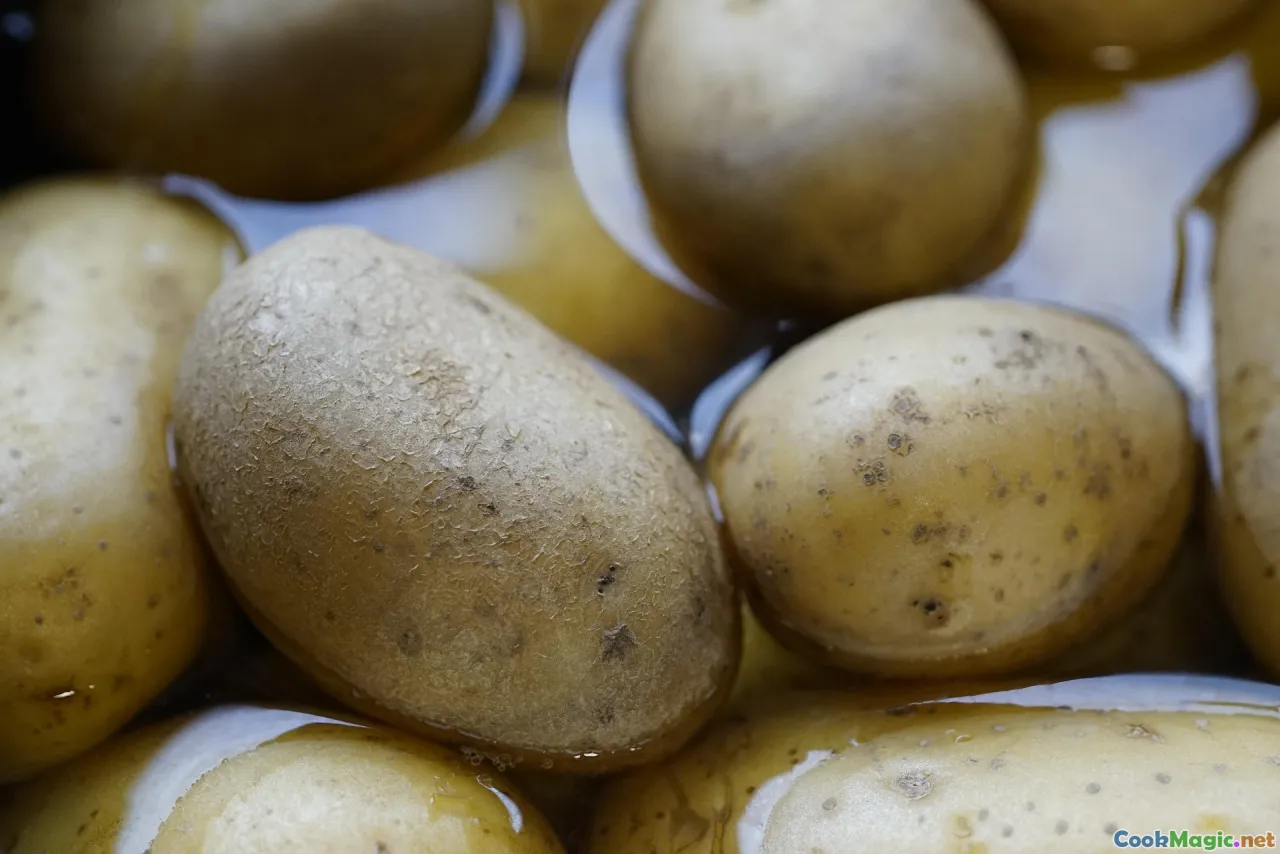
Presentation and Serving: Enhancing Cultural Experience
A well-made Kik Alicha isn’t just about taste but also visual appeal. A rich, golden hue with a velvety texture invites diners to taste with their eyes first. Avoid serving a dull or overly watery stew, as it can diminish the dish’s innate warmth.
Serve Kik Alicha in traditional clay or metal bowls alongside fluffy injera, which soaks up the flavorful gravy beautifully. Garnish with fresh chopped cilantro or diced onions for added freshness and a pop of color.
Personal story: I recall a bustling Ethiopian restaurant in Washington, D.C., where the chef’s Kik Alicha captivated patrons not only by its rich flavor but by its vibrant presentation. The bright yellow with contrasting onion and cilantro garnish turned the dish into a visual feast.
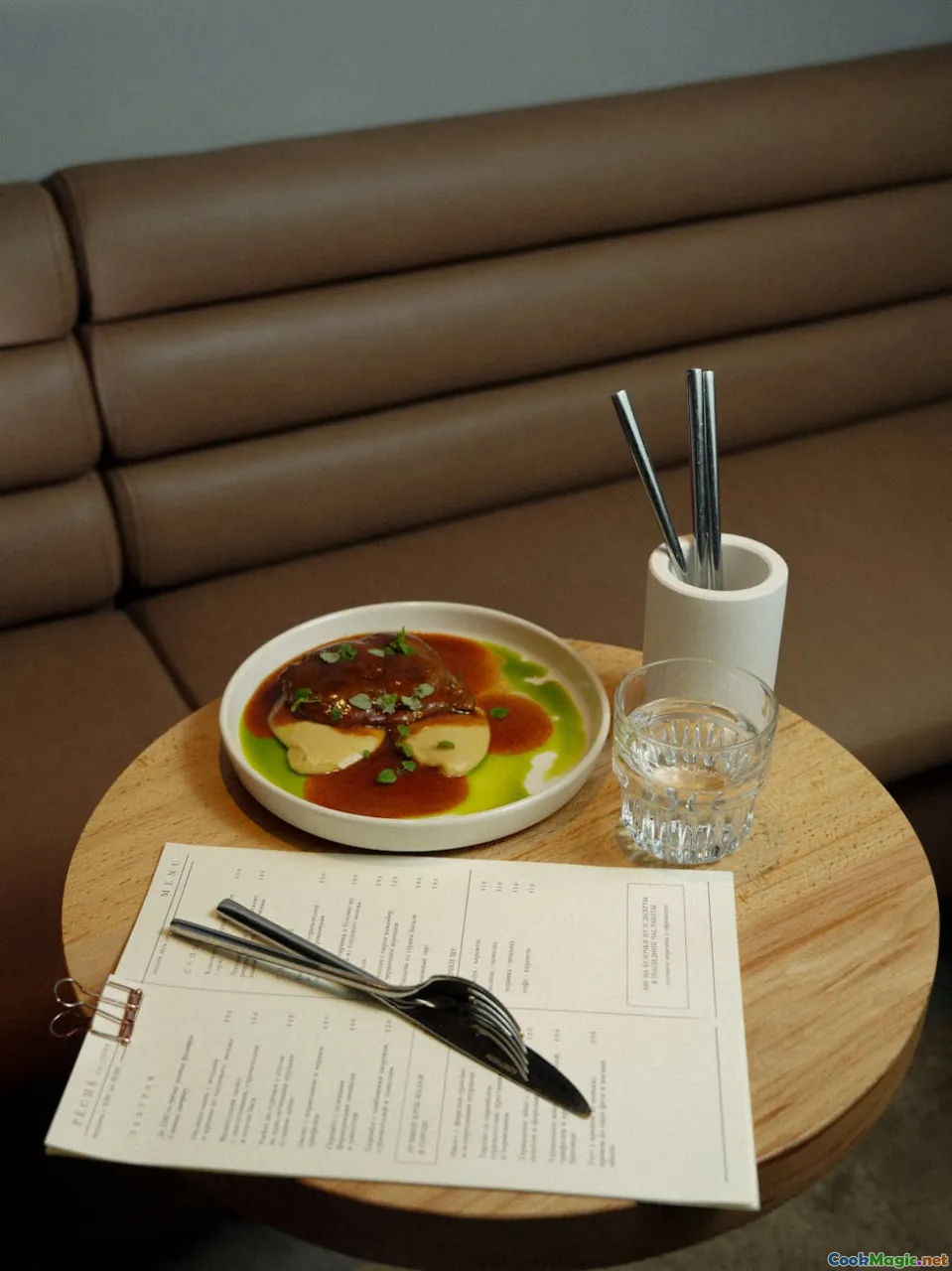
Embracing the Cultural Spirit Through Thoughtful Preparation
Making Kik Alicha is a dance of patience, respect, and appreciation for Ethiopian culinary heritage. Avoid rushing the process, skimping on quality ingredients, or altering it just for convenience. Each step—whether preparing the spices, simmering slowly, or serving with family—embeds cultural significance.
From the bustling markets of Addis Ababa to the cozy kitchens of diaspora families abroad, this dish encapsulates comfort, community, and tradition. When approached with mindfulness, your Kik Alicha will not just be a meal but a cultural ambassador, bridging generations and stories.
Let's cherish that every spoonful is an invitation to Ethiopia's rich culinary tapestry, a testament to enduring flavors passed down with love.










